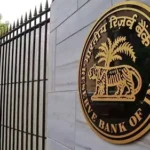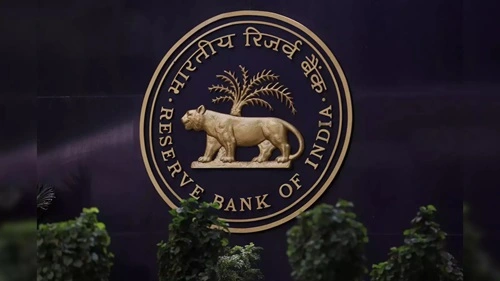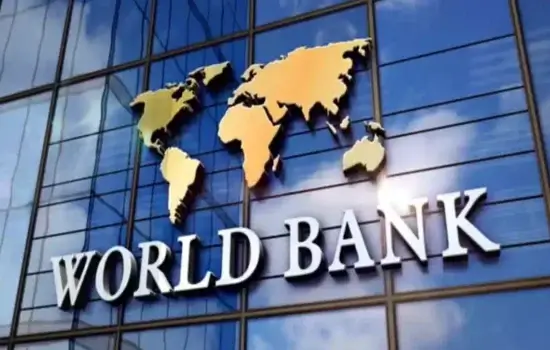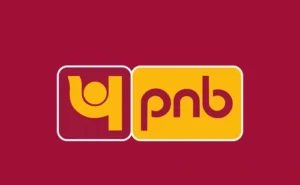State Bank of India (SBI) is one of the largest and most significant public sector banks in India, with a history dating back over two centuries. As of 2024, SBI continues to play a critical role in India’s financial system, boasting a vast network of branches, ATMs, and a growing digital presence. This article provides an in-depth SWOT (Strengths, Weaknesses, Opportunities, and Threats) analysis of SBI, highlighting its current position and future prospects.
Current Overview of SBI
SBI, with its headquarters in Mumbai, is not just a domestic giant but also has a significant international footprint, operating in over 30 countries. The bank serves millions of customers through its expansive network of over 22,000 branches and more than 58,000 ATMs across India. In recent years, SBI has also made substantial investments in digital banking, aligning itself with the global trend toward digital transformation. However, like any large organization, SBI faces a complex set of challenges and opportunities that influence its strategic direction.
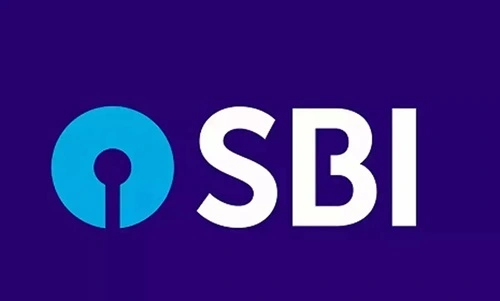
Strengths
1. Extensive Network and Brand Equity: SBI’s vast network across urban and rural India gives it unparalleled reach and accessibility. This extensive presence strengthens customer trust and brand loyalty, making SBI a household name across the country.
2. Diverse Product Portfolio: SBI offers a wide range of financial products, including retail banking, corporate banking, wealth management, and insurance services. This diversity helps the bank cater to various customer needs, ensuring multiple revenue streams.
3. Government Support: Being a public sector bank, SBI enjoys strong backing from the Indian government, which provides it with stability and confidence among its customers. This support is particularly crucial during economic downturns or financial crises.
4. Robust Risk Management: SBI has a strong risk management framework that helps it navigate through financial uncertainties. This includes stringent controls over loan approvals and a focus on reducing non-performing assets (NPAs), which helps in maintaining financial health.
Weaknesses
1. High Non-Performing Assets (NPAs): Despite efforts to manage bad loans, SBI continues to struggle with a high level of NPAs. These bad loans put pressure on the bank’s profitability and affect investor confidence.
2. Employee Issues: SBI has faced criticism over employee behavior and customer service, with complaints about inefficiencies and bureaucratic delays. These issues can undermine customer satisfaction and retention.
3. Slow Technological Adaptation: While SBI has made strides in digital banking, it has been slower compared to private sector counterparts in adopting new technologies. This lag could affect its competitiveness, especially as customers increasingly prefer digital solutions.
4. Bureaucratic Structure: As a public sector entity, SBI’s decision-making process is often slowed by bureaucratic red tape. This can delay the rollout of new initiatives and affect the bank’s ability to respond quickly to market changes.
Opportunities
1. Expansion into Rural Markets: India’s rural areas represent a significant growth opportunity for SBI. By expanding its services in these regions, the bank can tap into a large and relatively untapped customer base, driving both social and economic development.
2. Digital Transformation: The ongoing digital revolution presents SBI with an opportunity to enhance its digital banking services. By investing in advanced technologies like artificial intelligence and blockchain, SBI can improve efficiency, reduce costs, and better meet customer expectations.
3. International Expansion: SBI’s presence in over 30 countries offers room for further expansion into emerging markets. This international growth can diversify its income streams and enhance its global brand recognition.
4. Cross-Selling Financial Products: With its broad range of services, SBI can maximize revenue by cross-selling products to its existing customer base. This strategy not only increases customer engagement but also improves profitability without the need for significant customer acquisition costs.
Threats
1. Intense Competition: The Indian banking sector is highly competitive, with private banks like HDFC and ICICI, as well as fintech companies, posing significant challenges to SBI. The competition is especially fierce in digital banking, where private players are often more agile.
2. Economic Slowdowns: Economic downturns can significantly impact SBI’s operations, leading to reduced demand for loans and an increase in default rates. As SBI relies heavily on the Indian market, any domestic economic slowdown could have serious repercussions.
3. Technological Disruptions: Rapid technological advancements in the banking sector require continuous investment in IT infrastructure. Failure to keep up with these changes could leave SBI vulnerable to cybersecurity threats and operational inefficiencies.
4. Regulatory Changes: Changes in banking regulations by the Reserve Bank of India (RBI) can affect SBI’s operations and profitability. For example, alterations in statutory liquidity ratios or interest rate policies can impact the bank’s ability to lend and generate income.
Conclusion
State Bank of India, with its deep-rooted presence and strong government backing, remains a cornerstone of India’s banking sector. While the bank faces challenges such as high NPAs and stiff competition, it also has numerous opportunities for growth, particularly in rural markets and digital banking. To maintain its leadership position, SBI must continue to innovate, improve customer service, and navigate the rapidly changing technological landscape. With strategic focus and investment, SBI can leverage its strengths and address its weaknesses to remain a dominant force in both the Indian and global banking arenas.


